7. A Tale of Two Sisters (Kim Jee-woon, S. Korea, 2003)
Remake: The Uninvited (Charles Guard, Thomas Guard, 2009)
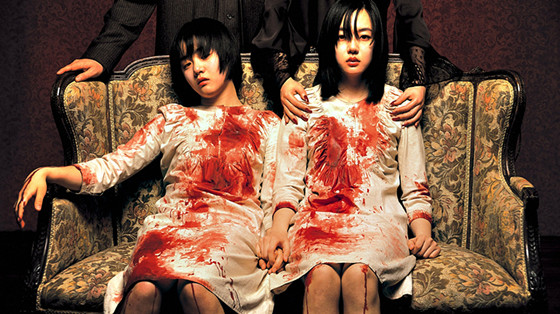
Two sisters, the older Su-mi and the younger Su-yeong, arrive at their new home in the country along with their stepmother, Eun-joo, and their father, Moo -yeon. Both girls appear to harbor a deep dislike of their stepmother, while at the same time suffering from the absence of their mother.
The first sign that something is amiss manifests during a family dinner when, after an intense fight, Su-mi seems to snap and her father provides her with two . From that point on, the story seems to take a turn toward the supernatural, concerning the nightmares of the two sisters.
Director Kim Jee-woon takes the classic Korean folktale “Janghwa Hongryeon Jeon” (“The Story of Janghwa and Hongryeon”) and transforms it into a modern, urban horror film. In the most explicit way, the film primarily brings into focus the relationship between the two sisters and their stepmother. Equally impressive is his use of colors within the settings, a technique that intensifies the sense of agony and terror.
The Guard Brothers transferred much of the horrific atmosphere of the first film to New England, although in a less subtle manner, since one of the sisters has just returned from a psychiatric institution. The tense relationships between the psychotic sisters, the detached father, and his partner also remained.
Emily Browning, who plays one of the sisters, is equally impressive with Im Soo-jung, who held the respective role in the original.
6. Eat Drink Man Woman (Ang Lee, Taiwan, 1994)
Remake: Tortilla Soup (Maria Ripoli, 2001)
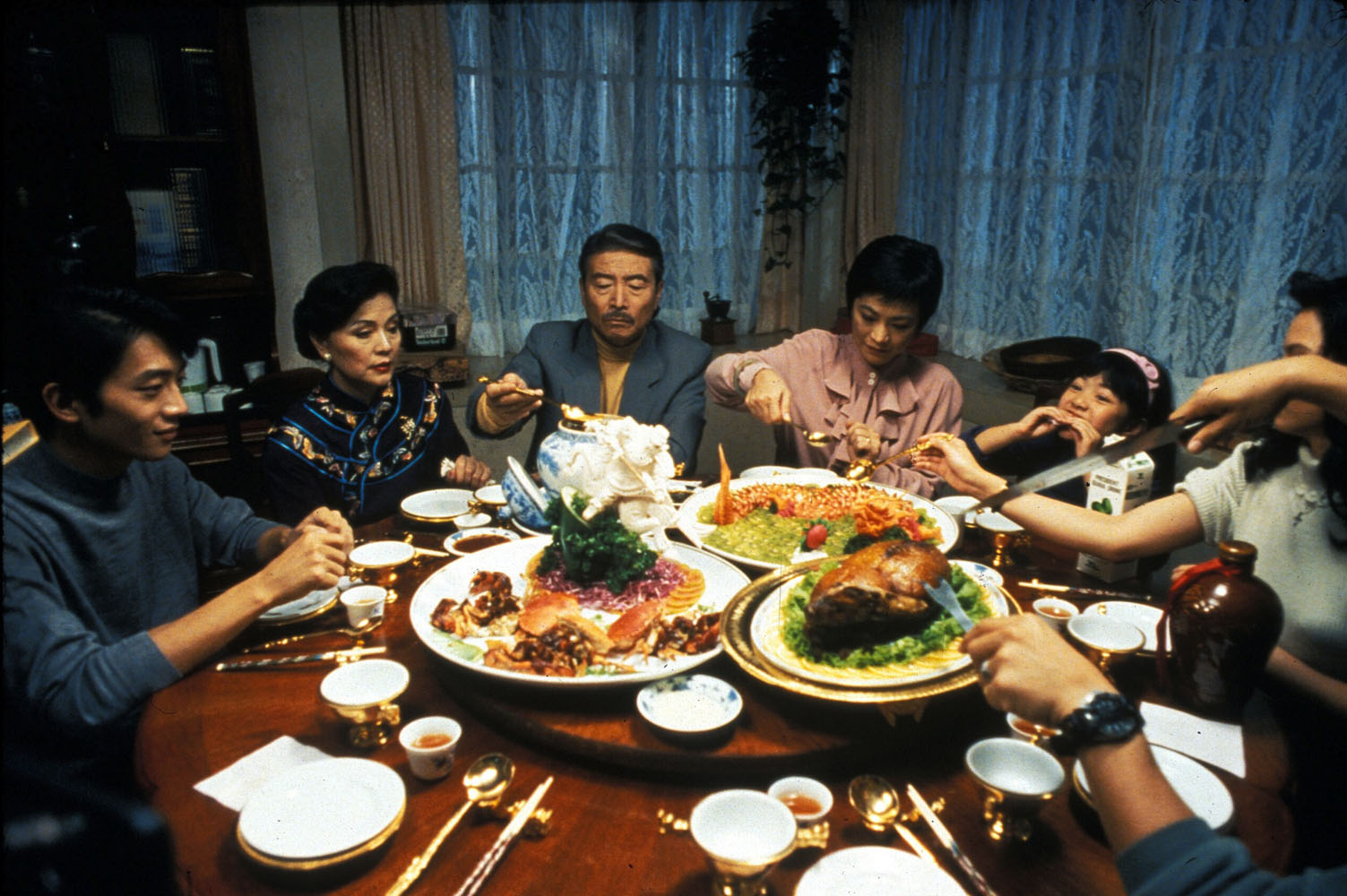
The original film is set in 90’s Taipei, where Chu, a master chef, soon discovers that his gastronomic creations are not enough to “touch” his three rebellious daughters, essentially losing his role as a father. In order to gain their interest back, he makes up a story about his life.
Ang Lee directs a film that focuses on the concepts of family, loneliness and the need for companionship, all of which are presented in a simple but artful way. The great performances by all of the main actors are matched by the elaborate narration.
Maria Ripoli adapted the story and its social remarks to a Mexican-American family, managing to present an equally entertaining film. Both of the films’ food photography is magnificent.
5. Infernal Affairs (Andrew Lau, Hong Kong, 2002)
Remake: The Departed (Martin Scorsese, 2006)
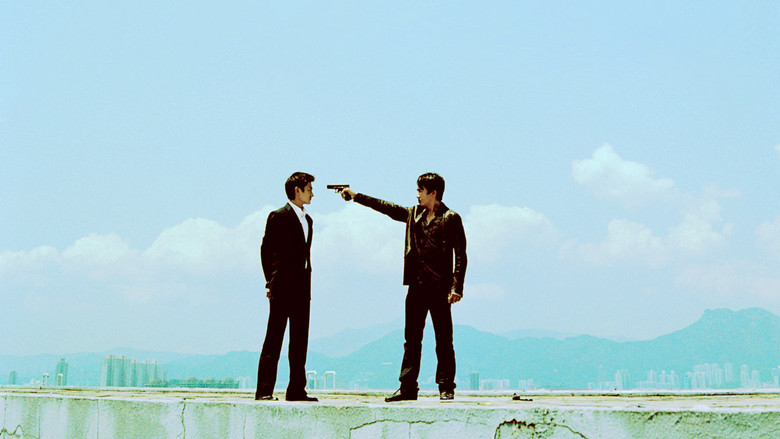
Chen Wing Yan is an undercover agent who was chosen in his time in the police academy to infiltrate the crime world, particularly the gang of the notorious Sam.
The sole individual who knows his actual identity is police chief Wong. On the other hand, Sam has chosen Detective Lau Kin Ming to act accordingly inside the police force. While Sam prepares for a large operation, the two moles come face to face, realizing each other’s role. Unavoidably, one of them has to die.
Lau directs a sublime urban noir thriller that retains the agony throughout its duration. Scenes such as the one involving Sam’s first meeting with the Thais are among the greatest ever shot in the genre, both technically and artistically, with every minute soaring with anguish.
Martin Scorsese transferred the unrelenting struggle for survival and the permeating violence of the first film to Boston, maintaining the agony and the sense that the two characters are mirroring each other, since their conflicting paths were just a matter of luck. However, his focus toward Frank Costello (Sam’s equivalent) is much more intent than the original, with Jack Nicholson giving an imposing performance.
4. Oldboy (Park Chan-wook, S. Korea, 2003)
Remake: Oldboy (Spike Lee, 2013)
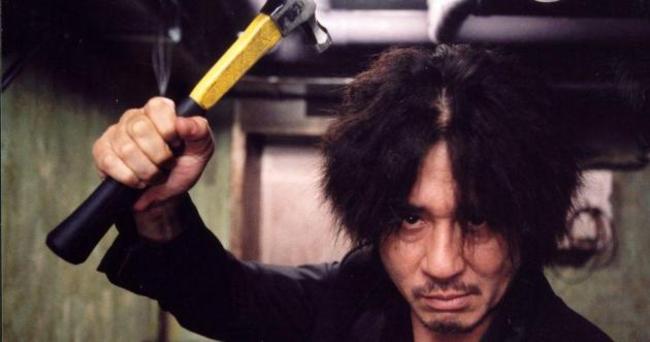
The original film focuses on Dae Su, a content family man who, for no apparent reason, is abducted and forced to live in the same room for 15 years. When he is unexpectedly released, he is set on exacting revenge, although the sole evidence in his possession is the fact that he must accomplish this revenge in five days.
Although “Oldboy” has revenge as its central theme, Park directs a movie with the actual goal of presenting another dimension, one that leads to repentance. The humiliation and ensuing catharsis are the primary concepts, and revenge, which creates chain reactions of growing hatred, is solely an element of the set.
“Oldboy” has a plethora of stylized violent scenes, sublime acting (mainly by Choi Min Shik, who plays Dae Su), and equally competent directing, in one of the masterpieces of global cinema.
Spike Lee stayed very close to the original script, retaining its general concept and plot twists. However, the outcome of his adaptation is somewhat anemic, with the direction looking a bit detached from the story, despite a satisfying performance from Josh Brolin. The toned-down violence also did not help.
3. Godzilla (Ishiro Honda, Japan, 1954)
Remake: Godzilla (Roland Emmerich, 1998)
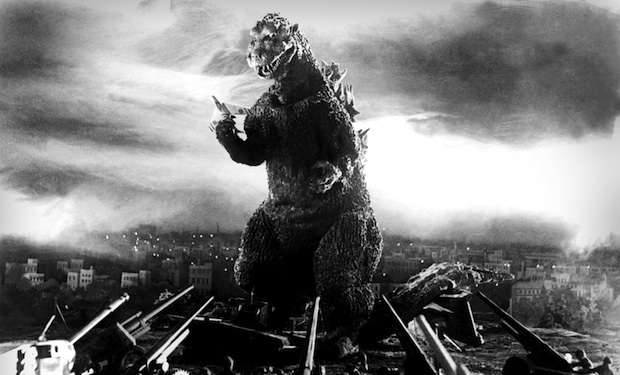
A trademark Japanese character, which also initiated the “kaiju” genre (movies that feature huge and devastating monsters), “Godzilla” was a product of the terror that the atomic bomb caused to the Japanese, with the popular character spawning a plethora of sequels and adaptations, both in Japan and the United States.
In the original film, paleontology professor Kyôhei Yamane, his daughter Emiko, and young Navy frogman Hideto Ogata discover a gigantic monster on Odo island, who soon reveals himself as Godzilla, a creature that was created from the radiation and is now set on destroying Japan, if not the whole world.
The black-and-white film is an obvious metaphor for the consequences of nuclear energy, with Ishiro Honda using elements of noir and drama, and Akihiko Hirata, who plays Dr Serizawa, Emiko’s fiancé, being wonderful in his role as the conflicted scientist.
The adaptation by Roland Emmerich is an impressive film that benefits the most from the spectacular special effects and the soundtrack. The outcome is very entertaining, but it lacks in terms of depth and character analysis, particularly when compared to the original.
2. Yojimbo (Akira Kurosawa, Japan, 1961)
Remake: A Fistful of Dollars (Sergio Leone, 1964)
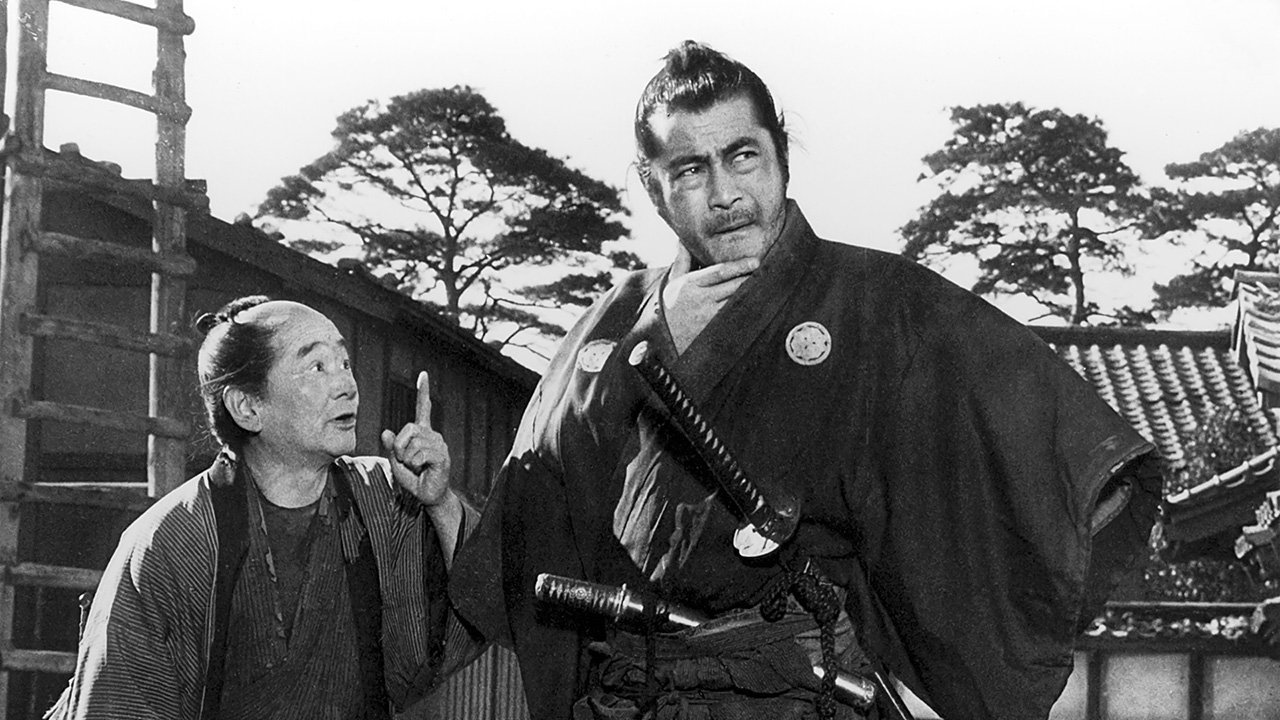
Sanjuro is a wandering samurai, whose roaming eventually leads to a secluded village, where the inhabitants live under the terror of two rival gangs, one headed by Seibei and one by Ushitora, who are locked in a perpetual struggle for domination.
Sanjuro decides to play one gang against each other in order to eliminate both of them. However, his plan is jeopardized by the appearance of the brother of Ushitora named Unosuke, who owns a revolver.
Akira Kurosawa directed this film in an effort to depict the violence and corruption that dominated Japan during the 1860s. With his satirical style, he sheds light on a slice of Japanese history, combining all the elements of a Western: gangs, gamblers, deserted streets, terrified inhabitants, taverns, corrupted men of power, even guns.
In that fashion, Sergio Leone did not face any issues with adapting it into a film that was the first part of a trilogy that shaped the “Spaghetti Western” genre.
In his film, a lone gunman named Joe replaces Sanjuro, and Ramon Rojo replaces Unosuke as the protagonist’s rival.
Leone not only draws from the Japanese film’s plot, but also transfers its aesthetics and philosophy, creating the quintessential Spaghetti Western. The atmosphere is the same, the tone does not differ much, and Leone choreographs the wandering of his main character on the visual rhythms provided by “Yojimbo’s” form.
All four of the actors, Toshiro Mifune as Sanjuro, Tatsuya Nakadai as Unosuke, Clint Eastwood as Joe, and Gian Maria Volonte as Ramon Rojo are magnificent in their respective parts.
Another Hollywood film that drew from the Japanese original is “The Last Man Standing” by Walter Hill.
1. Seven Samurai (Akira Kurosawa, Japan, 1954)
Remake: The Magnificent Seven (John Sturges, 1960)
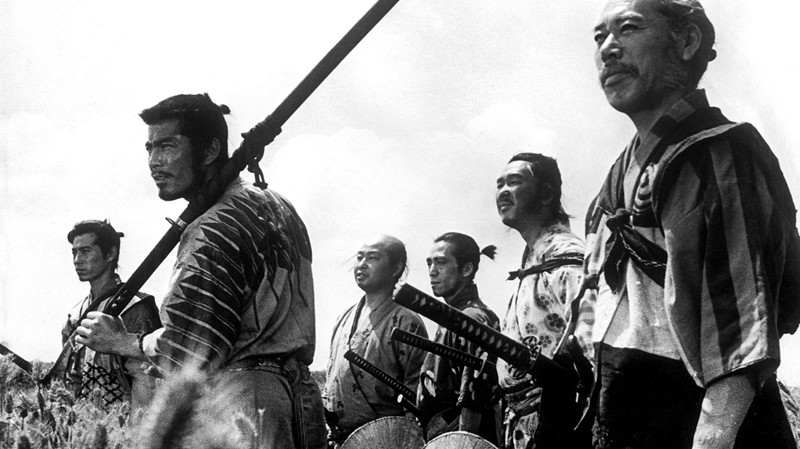
Akira Kurosawa’s masterpiece concerns seven wandering samurai who are hired to defend the seedy inhabitants of a small village, who are threatened by bandits.
In this black and white film, Kurosawa implements strict Japanese form, scarce dialogue, and magnificently choreographed battle scenes to present a hymn to human integrity and dignity.
The general setting of the film was very similar to that of Westerns, and John Sturges took advantage of that fact to present one of the greatest samples of the category of all time, with seven gunfighters replacing the seven samurai.
The style of the original film was almost completely maintained, including the realism, the analysis of the psychosynthesis of the characters, and the social remarks, in a tactic vastly different from the general rule of the genre.
Another adaptation directed by Antoine Fuqua is scheduled to be released on September 23, 2016.
Author Bio: Panos Kotzathanasis is a film critic who focuses on the cinema of East Asia. He enjoys films from all genres, although he is a big fan of exploitation. You can follow him on Facebook or Twitter.